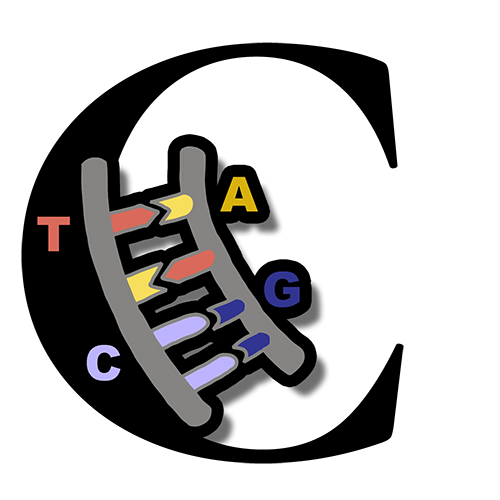Cas9 and gRNA – A detective duo!
Imagine the Cas9 protein as a molecular detective, and the gRNA (Guide RNA) as its trusty partner with a special map. Their mission is to find specific houses in a large neighborhood and make custom modifications to each house using a special build crew.
- Finding the right cells: Picture the cells in the body as houses in the neighborhood. Each house has its own address (cell surface markers) that distinguishes it from others. The Cas9 protein and gRNA duo act as detectives equipped with a map containing the addresses of the target houses. They travel through the neighborhood, scanning the addresses on each house until they find a match with their map. Once they identify a house with the right address (target cell surface marker), they know they have found the correct cells to modify.
- Making custom modifications: When the detective duo identifies the correct cells, it’s like discovering the specific houses they need their crew to modify. The Cas9 protein is like a skilled contractor with a dynamic toolbox, and the gRNA is like a blueprint that guides the modifications. Together, they enter the house (cell) and start making precise changes according to the blueprint. They might add or remove certain features (genes) to improve the house’s function or address specific issues. Once the modifications are complete, the house is transformed into a customized version that serves a specific purpose.
- Effects of modification: After the modifications are made, the detective duo observes the changes and evaluates the impact. It’s like stepping back and admiring the renovated house. In the case of cells, scientists and researchers examine how the modifications affect the cell’s behavior, such as its growth, function, or response to external signals. They assess whether the modifications achieve the desired outcome, such as enhancing the cell’s ability to fight diseases or altering its behavior in a beneficial way.
By using this metaphor, the Cas9 protein and gRNA act as detective partners with a map, searching for the right houses (cells) to modify in a neighborhood (body). They make custom modifications to each house according to a blueprint, resulting in transformed cells with specific traits or functions.
